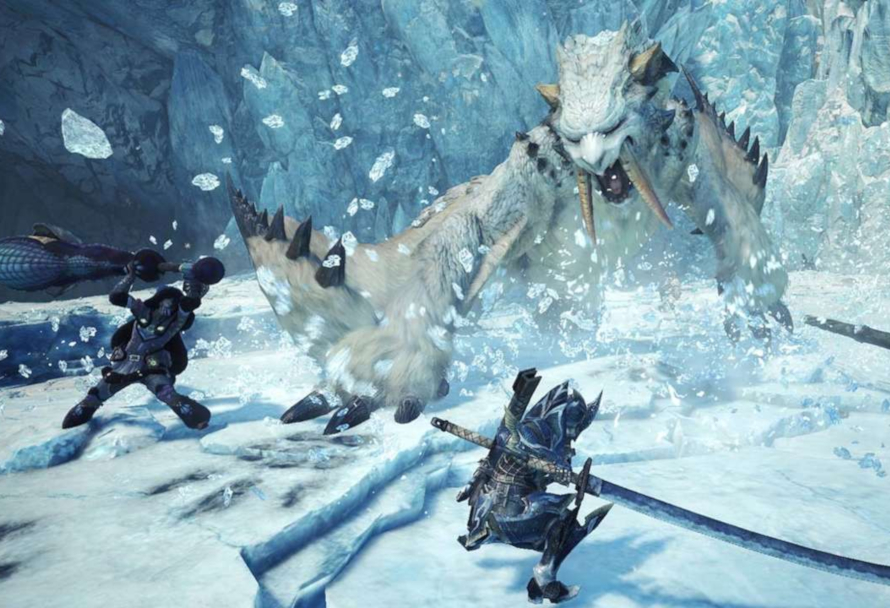
Monster Hunter World: Iceborne isn’t just DLC – it’s practically a full sequel built into an expansion. It adds new monsters, regions, mechanics, and an entire rank of gear progression. If you’re diving into Iceborne for the first time or returning to wrap things up, here’s a breakdown of all the quest types you’ll encounter and how they factor into your journey.
Before you can access any of Iceborne’s content, you’ll need to complete the main story of Monster Hunter: World, including the final mission, Land of Convergence. This unlocks Master Rank (MR) and triggers the opening of the Iceborne storyline, introducing you to the snowy region of Hoarfrost Reach and the new hub Seliana.
Once you’re there, the game opens up with new monsters, upgraded gear, and a fresh set of challenges.

Assigned quests are your main story quests in Iceborne, just like in the base game. Completing these unlocks:
These quests will push your Master Rank higher and serve as the most efficient route to the expansion’s finale. The last assigned quest, “Farewell to the Frozen”, marks the end of the core Iceborne story and the beginning of true endgame grinding.
If you’re mainly interested in pushing to MR 100+ or accessing tougher hunts, speeding through assigned quests is totally viable – you can circle back to the rest later.

Optional quests are where you’ll unlock a wide variety of important upgrades:
Many optional quests are tied to NPCs, so talk to everyone in town frequently – especially your fellow Fifth Fleet hunters. Capturing monsters can also unlock special arena quests in the Gathering Hub.
Completing all optional quests rewards you with additional Master Rank experience and a final, challenging quest featuring some of the expansion’s strongest monsters.

Delivery quests are simple but essential. You’ll need to gather materials and bring them back to base to complete these.
They unlock:
These quests don’t require monster hunts but are critical for expanding your options and comfort in the field.

Event quests offer unique rewards and encounters. While they were originally on a rotation, most event quests are now permanently available in the post-launch version of the game.
Expect:
Check the quest board regularly – some of the best fights and farming opportunities are tucked away in events.
Special assignments introduce monsters added via free updates, such as:
These are some of the hardest fights in the game and cap off the true endgame. Unlocking and defeating them requires progressing through the Guiding Lands and hitting specific Master Rank thresholds.
They’re absolutely worth doing, not just for the challenge but also for some of the strongest weapons and armour sets available.
Investigations let you hunt specific monsters under custom conditions (like shorter time limits, fewer faints, or better rewards). They’re essential for:
In Iceborne, many monsters don’t appear in optional quests, making Investigations one of the best ways to consistently hunt them. Track monster footprints, gather clues, and manage your available list to keep your hunting options fresh.
Once you finish all assigned quests, you’ll unlock The Guiding Lands. This ever-changing, multi-biome zone is where you:
It’s a huge time sink – but one that rewards long-term hunters with some of the most powerful gear and layered armour in the game.
Whether you’re chasing crowns, farming decorations, or just soaking in the atmosphere, Monster Hunter World: Iceborne has an incredible amount to offer. From assigned quests to special assignments and the grind of the Guiding Lands, every quest type plays its part in making Iceborne such a meaty, memorable expansion.
So ready your blade, pick your Palico, and get questing!